The Weight of Things
“Look, I can pick up six blocks at once! It’s not even heavy!”

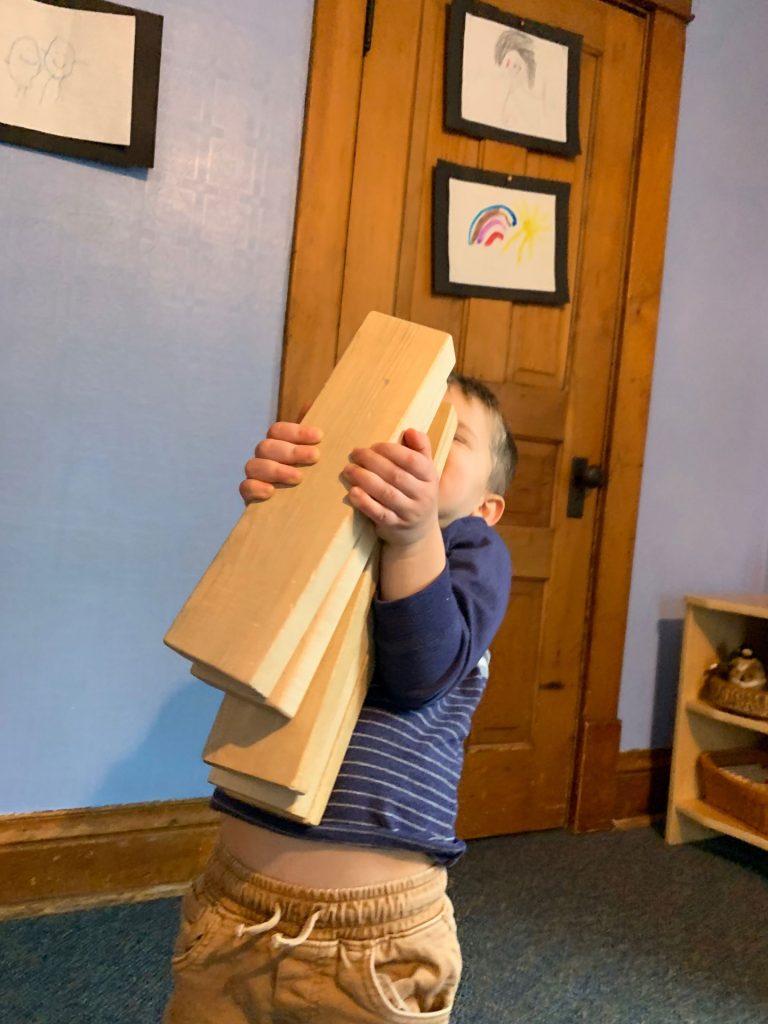
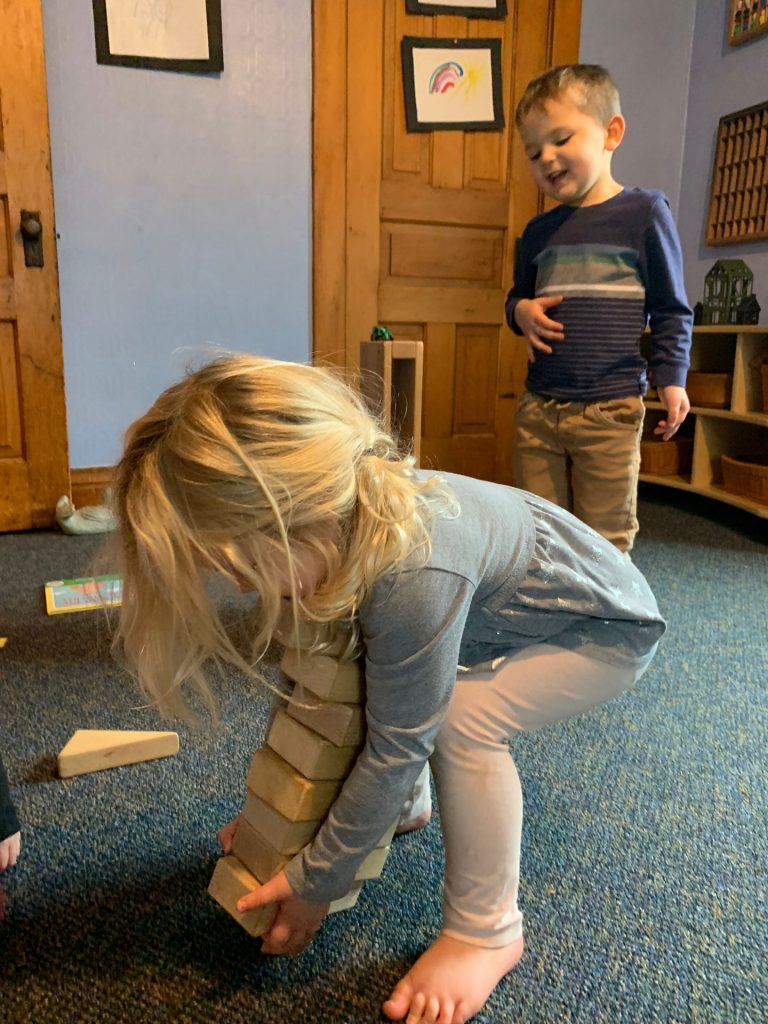
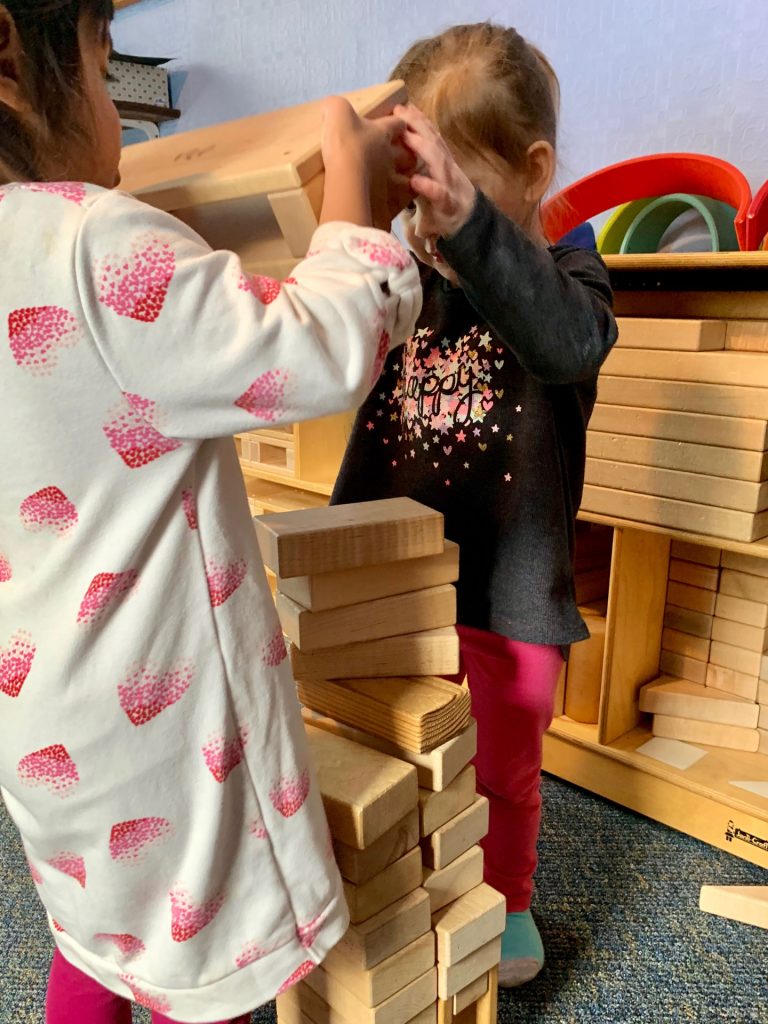
As teachers we can model appropriate math terminology and encourage our students to use mathematical vocabulary. Children used the blocks to build towers that are smaller than their body, larger than their body, and the same size as their body. They also built two towers of the same size.
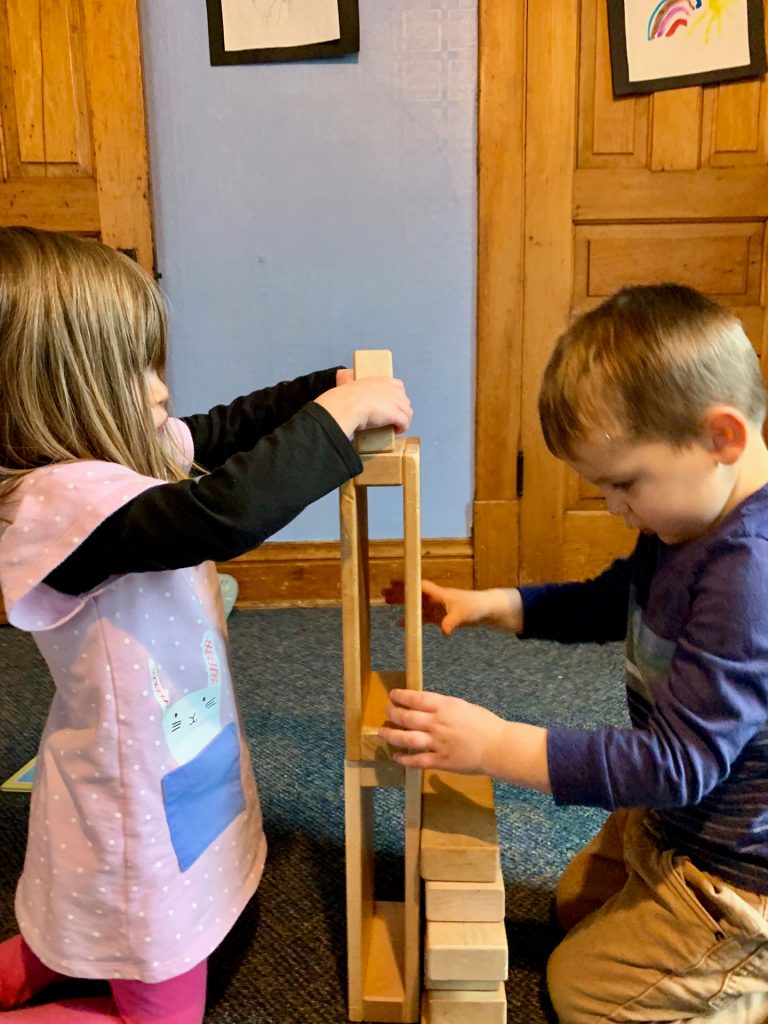
“I wonder which is heavier, the stack of six blocks or two of these long blocks? Are they the same? They are? We can say the blocks are equal in weight.” Using real objects help children understand measurement concepts.
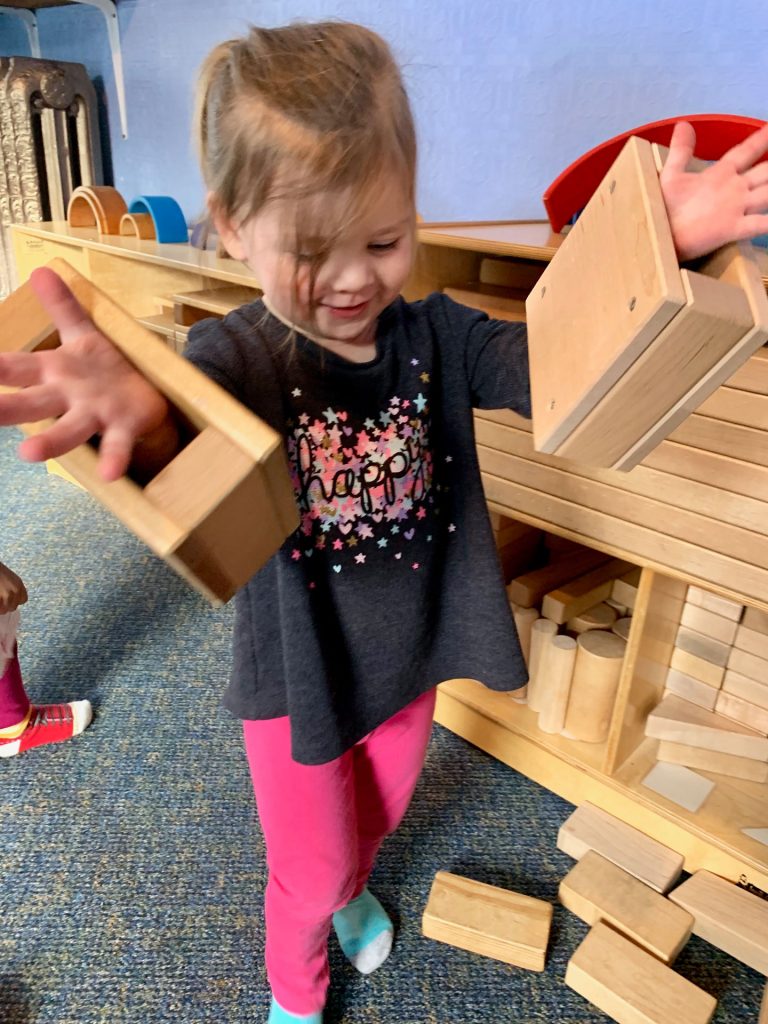
Here I go once more, rambling about the benefits we reap in the block area, during pickup time. If it wasn’t so innocent and deep, I would swear they were manipulating me. Give the gift of time. Toss out the clock, and let the investigations continue. Let the play buzz fill their little brain with a strong math foundation through play.
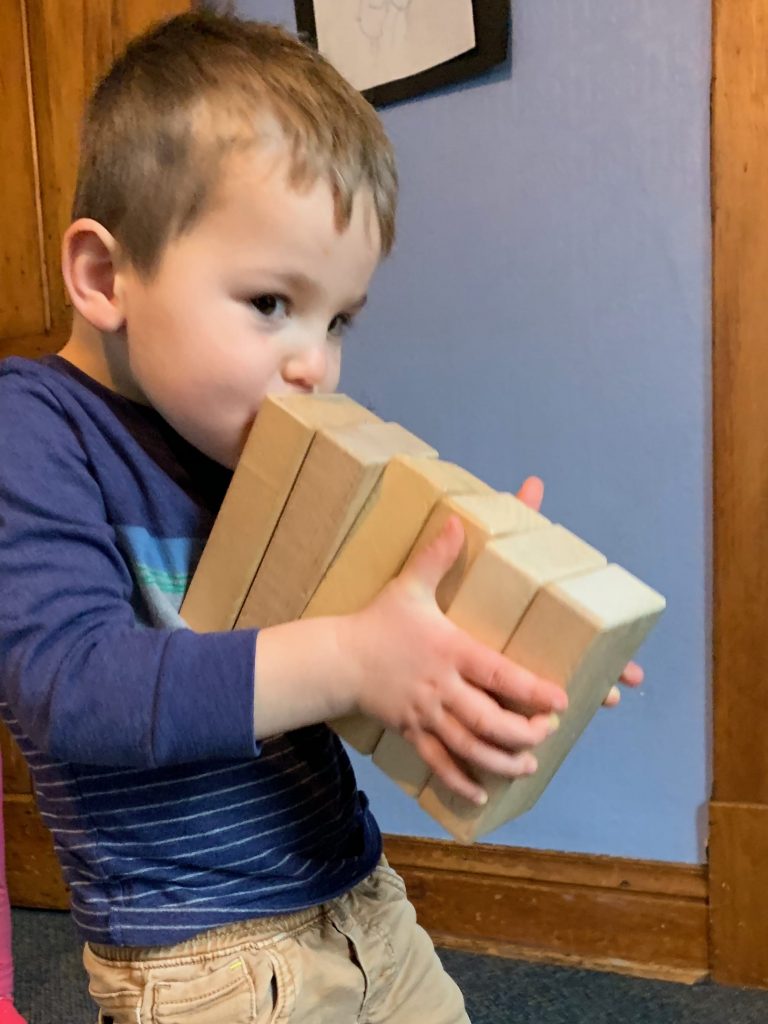
Before naps, I will bring out the book by Steve Jenkins, Biggest, Strongest, Fastest. This book describes animals that are the heaviest, strongest and tallest. It introduces the concept that determining which animal is the biggest depends on how you define big. We also love the math books, How Many and Which One Doesn’t Belong by Christopher Danielson. These great books help my group understand there are many different measurable attributes to consider when we say something is bigger or heavier.
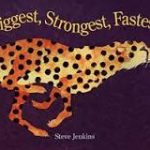
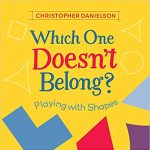
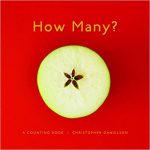
Great blog lesson
Great lesson with lots of math vocabulary and communication p loo us all the fun with this lesson and activity.
Nice reminder to use math vocabulary in everyday exploration.
Great way to get children engaged in math.
I think we may have the same class of children. Now when its clean up time for blocks I have started about ten minutes earlier than I should. The math vocabulary has been incorporated when we sit with the children and they are building as well. It truly is a great time to use math language.
What a wonderful journey for the children. I loved the quote…”Give the gift of time. Toss out the clock and let the investigations continue!” Thank you for the literature component too.
What an awesome way to get the children involved and learning math at the same time.
Awesome way of learning how many and open ended conversation!
I love this activity in math,most children in class enjoy block play and what a wonderful way to expand math in play.
these principles can be used in many ares
these principles can be used in many areas in the classroom
Math principles can be used throughout the day at school including outside time. Math activities are a favorite past time in my class.
I think its cool that playing blocks could be use as a measurement tool
I love the literacy connection!
I have found that clean up opens up a lot of math, such as sorting blocks in the right container or by the right size, or matching the blocks to the correct picture on the shelves, so much can be learned during clean up time that a lot of us fail to realize.
Math vocabulary is extended when children play in the blocks area by comparing and solving problems, asking questions making challenge and by describing process.
I love the addition of books to this lesson!
I think that this is an awesome way at incorporating math vocabulary into play time. This will keep the children engaged in what they are doing, and they will start to think about the vocab.
It’s a great way to increase math vocabulary and understanding!
Great ideas for using math with blocks
Phyllis Calhoun
doing the building block was a great math activities for the children to know how to count.
this clean up the blocks time is great because the kids are developing their measurement learning and expanding their vocabulary
Using math during clean up time in blocks is a great way to help the children have fun while picking up blocks.
great ideas here – blocks are my favorite math material and we have several different types.
This looks like a lot of fun! Children learn through fun activities where they get to explore their environment. I like that children are encouraged to build tall towers as big as they are.
great activity, looks fun and engaging for children.